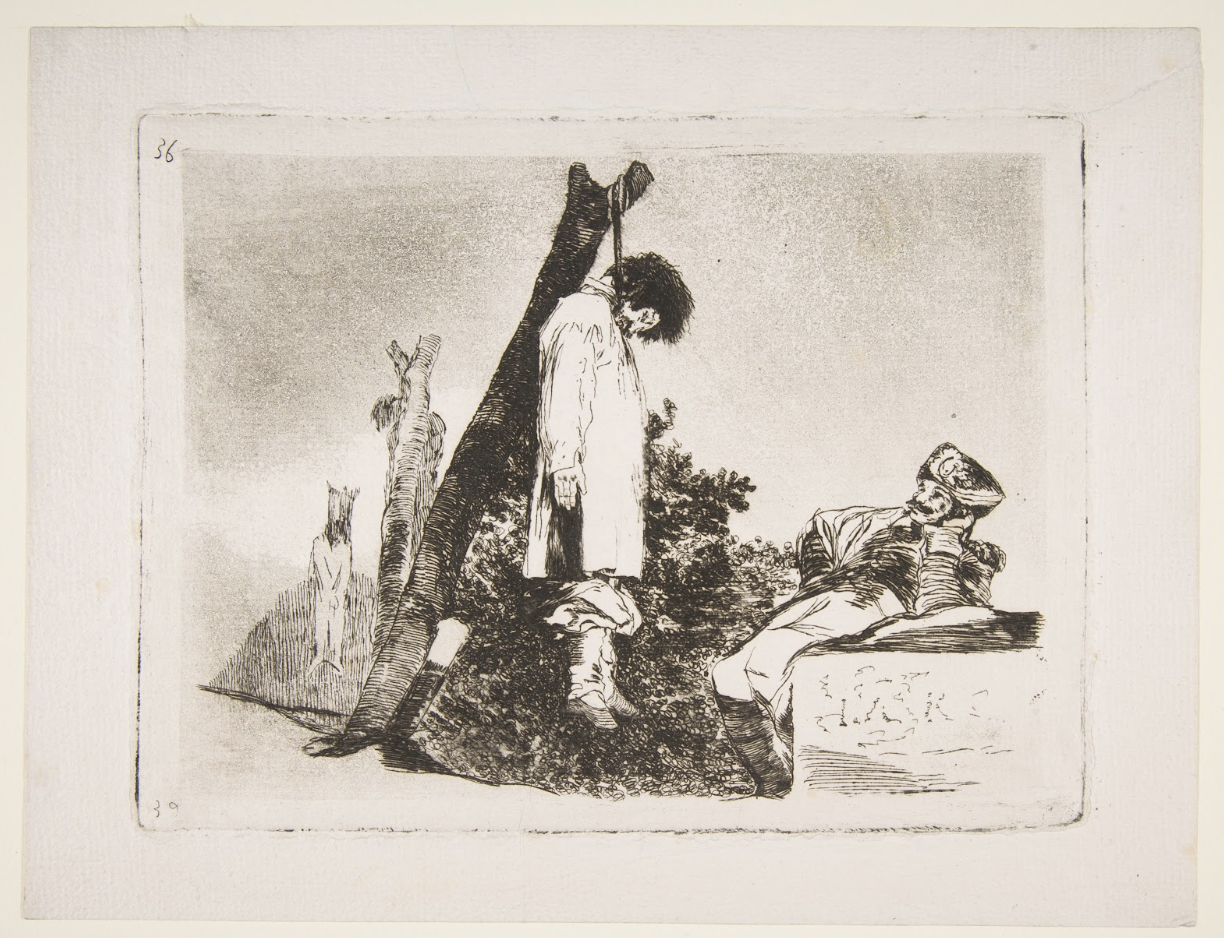Are we still feeling?

Joseph Guglani, BA History and Politics
We, consumers of spectacular violence in the media, are becoming numb to sincerity, and perhaps sincere empathy. Surrounded by horrors, how can we grasp onto the ability to feel, all-whilst adapting to a new world of easily-accessible streamed atrocity?
The film industry has had a large role in this process. Particularly, the torture-porn genre, which is characterised by graphic shots and body horror. Further, this is a genre that is largely accepted to have been formed in the wake of 9/11. This devastation, unique in its live and widespread coverage, opened and numbed many eyes to the reality of such terrors.
Parallel to this, films such as the Saw franchise were released, featuring unbearable gore and bloodshed. The genre has grown continuously as the world has entered and reentered countless conflicts. Newer releases, such as Final Destination: Bloodlines (2025) prove that torture-porn has a widespread audience. Filled with sickening body horror, box office analysis by The Numbers - a film industry dater tracker, shows that it grossed almost twice the amount of the previously most successful Final Destination film(2011).
The 2024 release, Heretic, draws on many of the stylistic choices of a torture-porn film, whilst classifying itself as a thriller. The film tackles religious and existential issues throughout. It asks philosophical questions - what is the one true religion? Is religion a system of power and control? What it doesn't do, however, is offer any answers to these. It makes a perfunctory attempt to draw on important ideas of religious skepticism, then rushes into a bloodthirsty torture scene.
In a time of immensely damaging religious conflict, films like these do nothing to unify us, but rather are representative of a media culture lacking in conviction, and abundant in shock value horror. In the book ‘Regarding the Pain of Others’ (2003), Susan Sontag alludes to the idea that we are so drawn to this type of media because we are ‘adepts of proximity without risk’; we are far from atrocity, and able to disconnect from its emotional impacts.
But, more than twenty years on from Sontag's quote, are we still outside of risk's proximity?
The advancements in news broadcasting in this time have been immense. A YouGov poll shows that nearly 50% of UK adults aged 18 to 24 receive their news from social media. News circulated on social media is propped up by the algorithm, which will push whatever it predicts will stimulate interactions. Surrounded by injustice, we - rightly - feel angry. Unfortunately, anger happens to be both a proven generator, and resultant of interactions; Musk and Zuckerberg's secret formula. In this way, we are closer to these conflicts than ever before, overwhelmed by perpetual outrage.
Yes, it is great that we are able to instantly educate ourselves on issues that really do require attention. A CSIS study shows that people are progressively becoming more politically-minded: mass protests have increased yearly by 11.5% worldwide between 2009 and 2019. However, what only recently uniquely existed on shady sites, can now appear on your X timeline without consent. Dehumanising gore content plagues social media, oftentimes simultaneously with social justice content. This can radically desensitise someone; a 2015 paper, supported by the German Research Foundation, shows that surface-level media violence is numbing when it comes to sympathising with victims. Gore content is far from surface-level violence, and exposure to it pushes us even further into desensitisation.
To me, this leaves the question of how did we get here? In her ‘Destruction as the Cause of Becoming’ theory, Sabina Spielrein argued that humankind has a predisposed urge to witness such horrors. Throughout the antiquity and medieval world, and even spilling into modern times, public executions were an encouraged form of both entertainment and warning that thousands chose to view. Further, trivialised atrocity is not new. A Parisian newspaper, ‘Le Petit Journal’ (1869), the headline reads 'A dreadful crime!!! A 60 year old man has been cut up into pieces. Boiled in a cooking pot and thrown to pigs. Horrible details!!!'. However, critics existed with equal influence, with French essayist Charles Baudelaire writing that this is a 'loathsome appetizer that civilised man daily washes down his morning repast.'
Perhaps it is our job to pick up the role of a critic, and collectively question social media. Why should we allow short-form apps, such as TikTok, to hand-feed us pre-calculated feeds filled with atrocity and gore?
It is here I find value in writing this article. Given our unique situation in human history, we must adapt in order to remedy our ability to be sincerely empathetic. We must not become desensitised, and must know that being emotionally active is key when fighting for what we believe in. If it is true that our human nature pushes us towards spectating and consuming death, we cannot worsen it by over-popularising torture-porn film and feeding social media's algorithm. Instead, we must be aware of what we consume online, and refrain from becoming emotionally inept beings.



